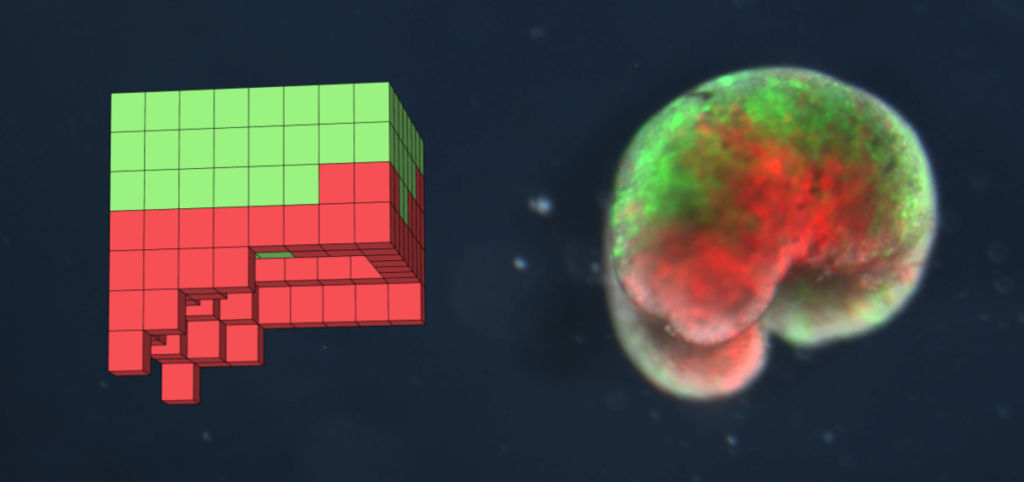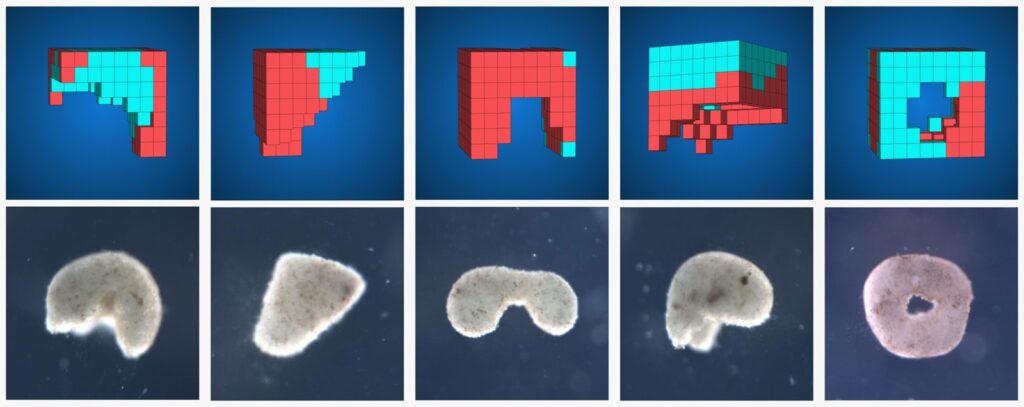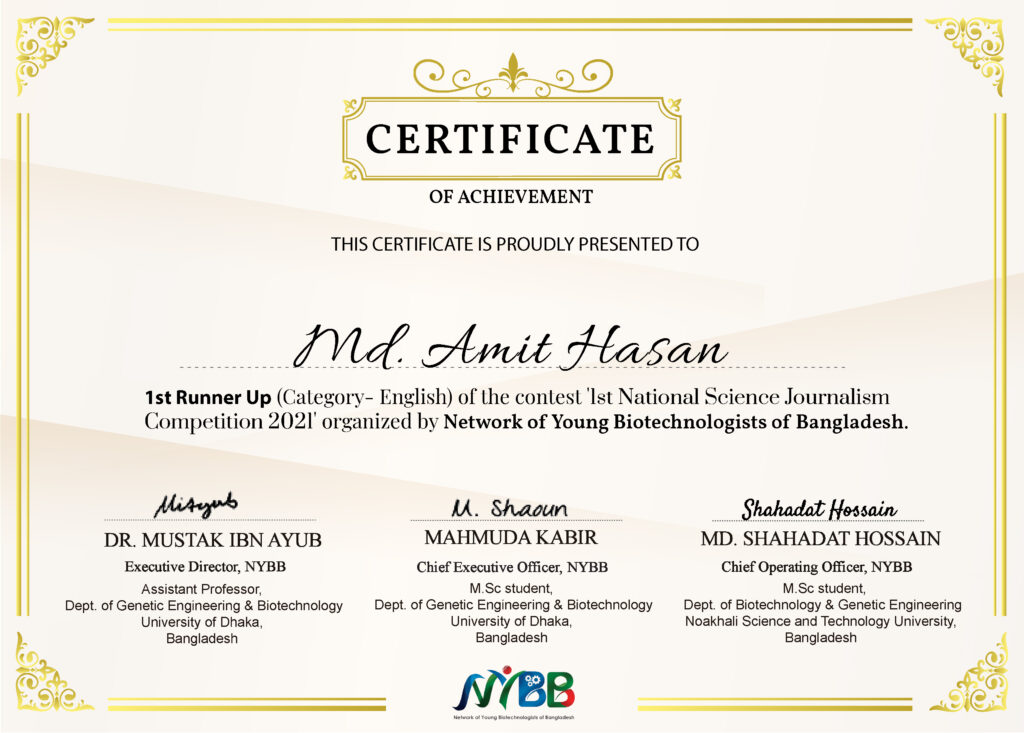Think about a living organism that behaves like a machine. Our wildest dream and science fiction (Bio Robotics) might say it possible. However, If I say this is now happening inside the laboratory of Dr. Blackiston, a developmental biologist of Tuft University, do you feel that I am crazy? I wish you not.
A group of scientists designed a Bio-Robot model by utilizing algorithms and supercomputers. Then, they transferred their theory inside an African frog’s stem cells. They call them Xenobot. These Bio-Robot can heal themselves alone, live a week without too many nutrients, and die when their task is complete. Scientists amazed by their astonishing work, and the society of Bio-Robotics feeling optimistic about the bright future of this discovery (Published in PNAS, Jan 2021).
From Supercomputer to Living Organism
Xenobot consist of a mass of reprogrammable skin and heart cells (around 2000) from the African clawed frog (Xenopus laevis). They are 0.4 inches (1 mm) in length. They have no emotion since they do not have a brain, no function for reproduction, or a stomach for digestion. Yet, they raise the debate in the field of Artificial Intelligence (AI).
Dr. Blackiston and Dr. Micheal Levin, Professor of Tuft University, did this insurmountable task inside their laboratory. However, it all started at the University of Vermont. A computer scientist ─Dr. Kriegman designed various models of a Bio-Robot by using algorithms and supercomputer. Then, he tried to give it a shape that can walk smoothly. After his satisfying 3D modeling, he ran it for virtual testing and eliminated all the models which have a tiny bit of deficiency. Finally, he selected the appropriate models for the next step ─simulation. The simulation allowed Kriegman’s team to select the best one and gave it to the hand of Dr. Blackiston’s laboratory.
Dr. Blackiston began to fertilize frog eggs. After fertilization, he collected the skin cells and cardiac tissues. Then, he made a milky ball shape structure from these frog cells and scorched some part of that milky ball to obtain a structure like a tiny crystal of salt. Two weeks later, Dr. Blackiston’s lab sent a picture of the entity to Dr. Kriegman at Vermont. After opening the image, Kriegman’s team felt shocked with happiness. They said,
“The moment we saw that, both labs really just kind of dove into this full time.”
So, a tiny entity made a historical run inside the Petridis at Tufts University. Christina Agapakis ─a synthetic biologist in Boston ─ rightly said,
“It’s so compelling to even start imagining things at that scale, to open that door for our imaginations.”


Fig. An in silico model to living Bio-Robot (Xenobot) | Source: en.wikipedia.org and www.wired.com
Probable Applications: Removing Microplastic to Curing Cancer?
When microplastic in the sea level and precision drug delivery for cancer are the headaches for scientists, these Bio-Robots may provide light at the end of the tunnel. Researchers believe that these are more than living machines. They think that Xenobot can help us to understand more about our genome and complex diseases. Besides, it can clear the blockage in the blood capillary and deliver medicine in our body’s particular position. Imagine a Bio-Robot moving through your blood capillaries and clear all the blockages. #Bio Robotics
Ethics: Don’t Go Too Far
Bio-Robotics are always raised serious ethical questions. Xenobot is not free from those questions. Some scientists feel that these are safe for us until we give them a brain to control their decision. However, others believe it might bring chaos as Dr. Micheal Levin said,
‘The fear is not unreasonable,’ ‘When we start to mess around with complex systems that we don’t understand, we are going to get unintended consequences.’
N.B: This Article Got the Runner Up Prize in the First National Science Journalism Competition 2021, Organized by the Network of Young Biotechnolists of Bangladesh (NYBB). Thanks to them for selecting my article. With their permission, I am publishing this article here (on my own website). They will publish this article on their own blog page very soon.

Author Bio
Hello! I am AMIT HASAN, first year PhD Student in Neuroscience at Institute of Neuroscience Paris-Saclay (NeuroPSI), University of Paris-Saclay, Paris, France. Previously, I completed my undergraduate degree in Biotechnology at Rajshahi University, Bangladesh. Afterward, I pursued my master’s degree in Life Sciences and Health, followed by Computational Neuroscience and Neuroengineering at the University of Paris-Saclay in Paris, France.
I am highly passionate about applied research. Brainstorming research problems, doing experiments inside the laboratory, analyzing a large volume data set, and finally deducing a result from that intrigues me a lot. Since I am fond of unpredictability in life, and research capable of supplying that now and then, my future goal is to spend as much time as possible in academia.
Here, I often write short stories, book reviews, and travel stories.
